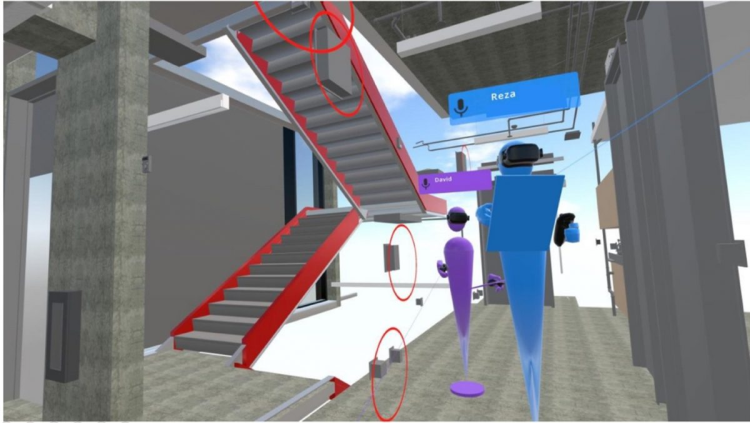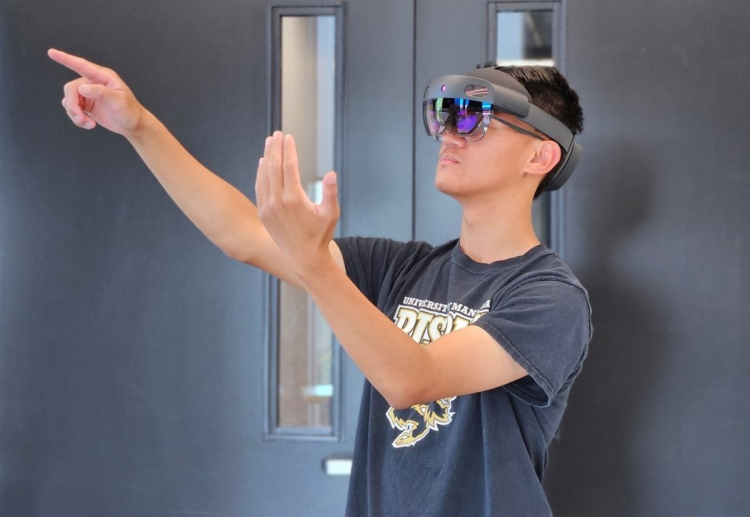Building Information Modeling (BIM) is the process of creating a digital 3D model that enables project data to be captured and managed throughout a facility's lifecycle. When integrated with Virtual Reality (VR) and Augmented Reality (AR) technologies, BIM offers enhanced visualization of 3D building models, improved training and simulations, and easier collaboration and communication between project team members.

Traditionally, the industry relied on pen-and-paper design before being introduced to Computer-Aided-Design (CAD) for easier drafting and design visualization. While BIM shares many similarities with CAD, it goes far beyond, serving as more of a process for creating and managing information rather than just a software to build it. The technology keeps entire teams of designers, contractors, consultants, and clients updated in real time. Reducing the need for constant back-and-forth communication, as the design can be accessed and modified instantaneously by the team. The cloud-based nature of BIM also promotes virtual collaboration, allowing team members from around the globe to contribute, thus reducing costs and increasing the possibility for collaboration. BIM's capabilities extend beyond 2D and 3D modelling into the 4D, 5D, and more, and this allows for dynamic tracking of variables such as time, cost, sustainability and safety as designs are updated. As BIM adoption increases, future engineers and architects will be called upon to understand new means of coordination and collaboration of design and construction, and new project delivery systems and technologies for integrated practice in the Architecture, Engineering and Construction (AEC) industry.

BIM has been changing the way construction projects are designed, built and managed. To keep up with these impressive advances in technology and the shift happening within the AEC industry, a pioneering Virtual Reality integrated BIM course has been recently introduced in the Civil Engineering program at the University of Manitoba. The new technical elective course "CIVL 4028 - Building Information Modeling in Construction" introduces students to cutting-edge immersive technologies and their applications in the AEC industry. Taught by Dr. Gursans Guven Isin, the course aims to equip the next generation of civil engineers with essential skills for using BIM in construction projects as well as for performing VR-assisted construction model coordination and digital model reviews. She recognized the need for this course as one of the most important barriers to BIM adoption is the lack of knowledge and training in BIM and this elective course helps to fill this critical knowledge gap, addressing this lack of training. Dr. Guven Isin hopes to enable her students with the necessary skills to be leaders in the change from 2D drawings towards 3D digital models. As more emerging engineers enter the field with foundational BIM knowledge, companies will hopefully increasingly welcome this transformation. The Oculus Quest 2 VR headsets utilized in this course were acquired through the support of the Price Faculty of Engineering endowment fund and the Department of Civil Engineering. Dr. Guven Isin has also recently purchased Microsoft HoloLens AR headsets, again through the support of the endowment fund and will start introducing the students to the AR technology this upcoming Winter term.














